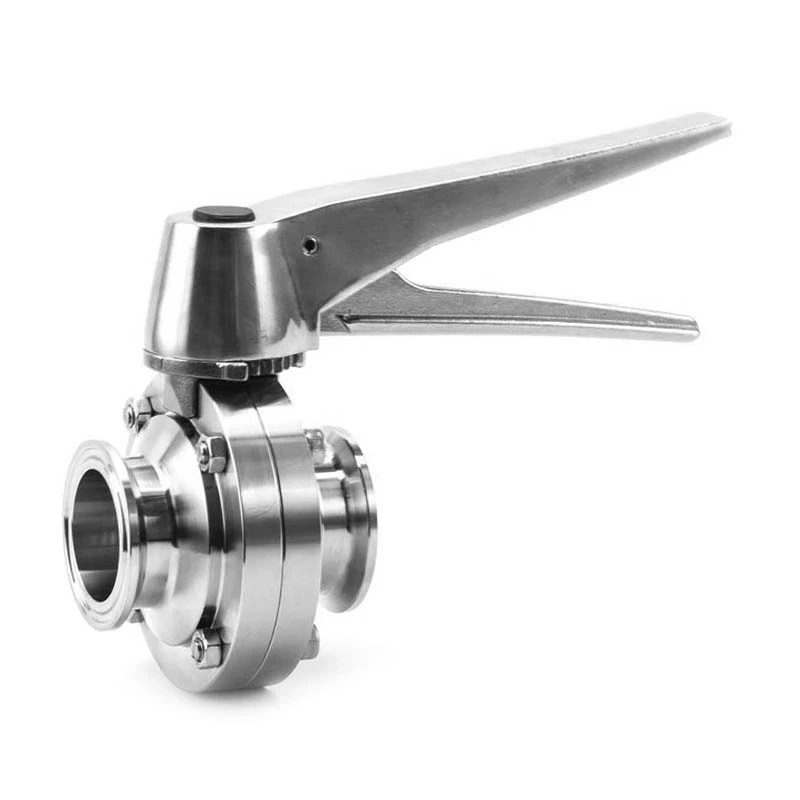Do You Use The Pneumatic Butterfly Valve Correctly?
Sanitary Butterfly Valve is composed of a cylinder and an actuator, so today we will talk about how to properly maintain the pneumatic butterfly valve from these two major components?
1. Before installation, you must carefully check the pressure and diameter of the valve mark to see if they meet the use requirements, eliminate defects caused by the transportation process, and eliminate dirt on the valve components.
2. First of all, we know that pneumatic butterfly valves should be kept clean during use. The pneumatic butterfly valve can be analyzed, inspected and maintained every 6 months, mainly by checking whether there is dirt blocking the valve core of the electric butterfly valve. Whether it is flexible and unobstructed. Whether the air source is clean and free of moisture.
Have you used the maintenance of the pneumatic butterfly valve correctly?
3. The rotating thread must be lubricated regularly. When a fault is found, it should be stopped immediately, the cause of the fault should be found out, and the fault should be eliminated.
4. Do a good job in daily work to clean the surface of the cylinder and refuel the cylinder shaft retaining ring. Every 6 months, you can regularly open the cylinder end cover to check whether there is debris and moisture in the cylinder, as well as the grease condition. If the grease is lost or dry, please remove the cylinder for comprehensive maintenance and cleaning, and then add grease.
5. The bolts of the packing gland should be tightened evenly and should not be pressed into a crooked state to avoid collisions that hinder the movement of the valve stem or cause leakage.
6. During installation, the valve can be directly controlled on the pipeline according to the connection management method. Generally, in this case, it can be installed at any different position on the pipeline for easy maintenance. Note that the medium flow should be from the bottom of the longitudinal valve disc to the top.
7. Pneumatic butterfly valves can only be fully opened or fully closed, and flow adjustment is not allowed to avoid erosion of the sealing surface and accelerated wear. If you want to adjust the flow, you must install a positioner so that you can adjust the flow. Both the gate valve and the upper threaded stop valve have a reverse sealing device. The handwheel is rotated to the top position and tightened to prevent the medium from leaking from the packing.
8. When opening and closing the pneumatic butterfly valve, the handwheel should be used. Do not use levers or other management tools to avoid damage to the valve parts. The handwheel rotates clockwise to close, and vice versa to open.
9. Valves that are stored for a long time should be inspected regularly, and the exposed surface of the processed materials must be kept clean and free of dirt. When stored, the ball valves should be blocked at both ends and in the open working state. For pneumatic butterfly valves, both ends of the channel should be blocked and in the closed system state. They should be neatly stored in a well-ventilated and dry place indoors. Stacking or open-air storage is strictly prohibited.
